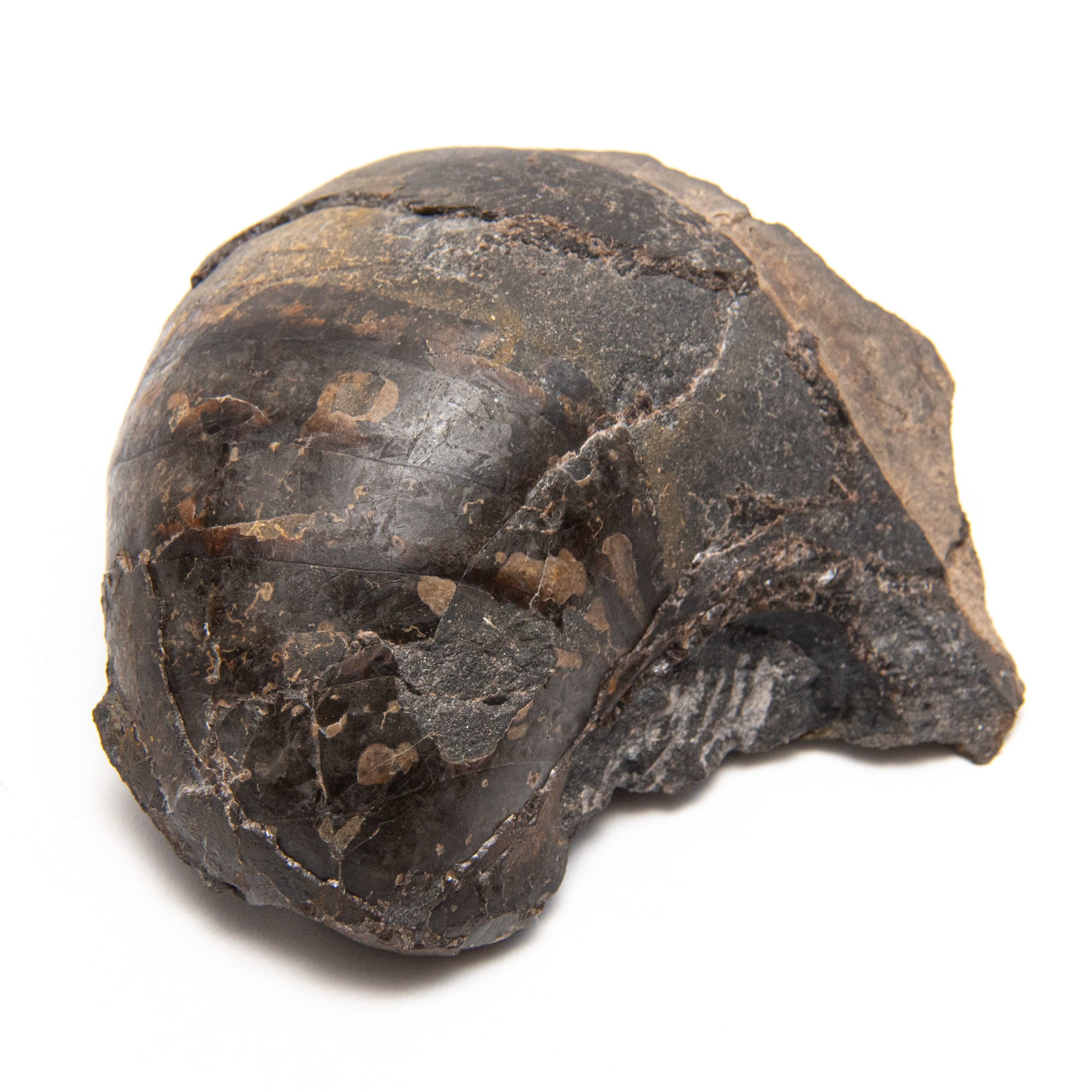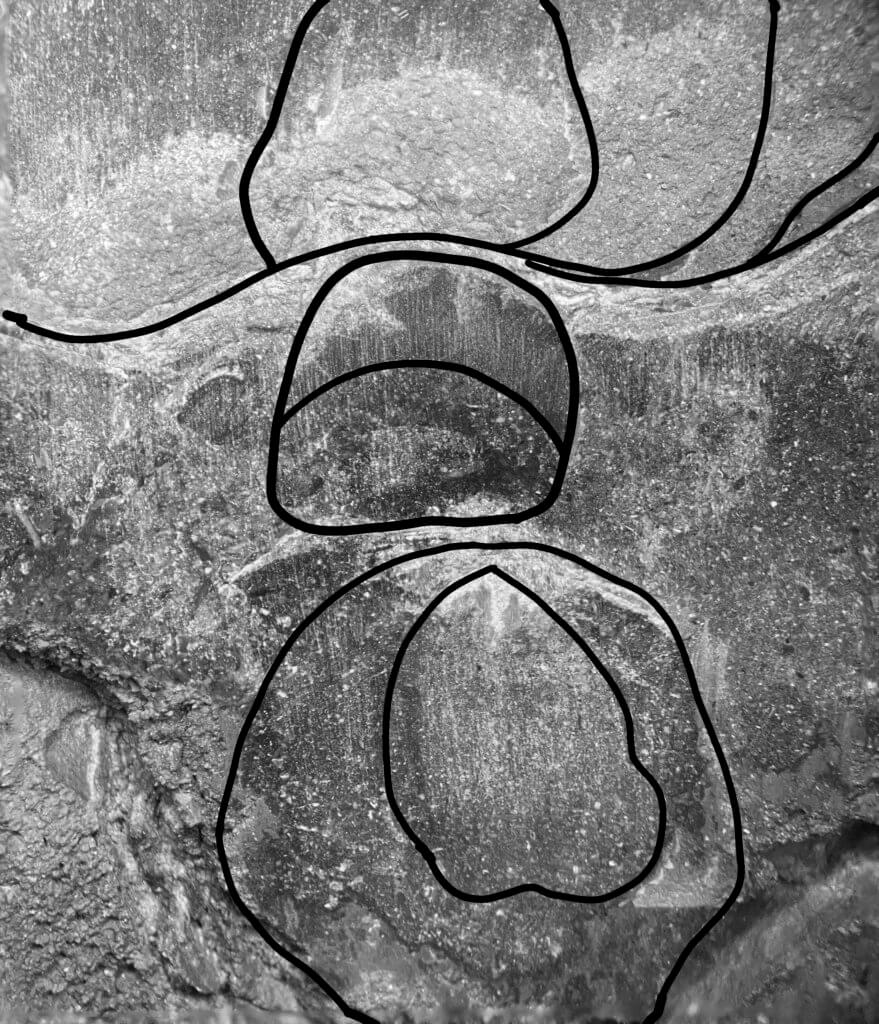Solenochilus Meek & Worthen 1870 is one of a handful of prominently represented cephalopod genera found locally in the Brush Creek limestone. One of its key features is a rapidly expanding whorl (Gordon 1964). Another is a pair of dorso-lateral spines at maturity (Mikesh 1966). In the nine specimens I have collected, I have found one, CG-0046, showing a short immature spine in good preservation on one side.
Another way to identify is to locate the siphuncle along the outside venter of the shell. It is found near the shell edge and is exposed when you have a steinkern.
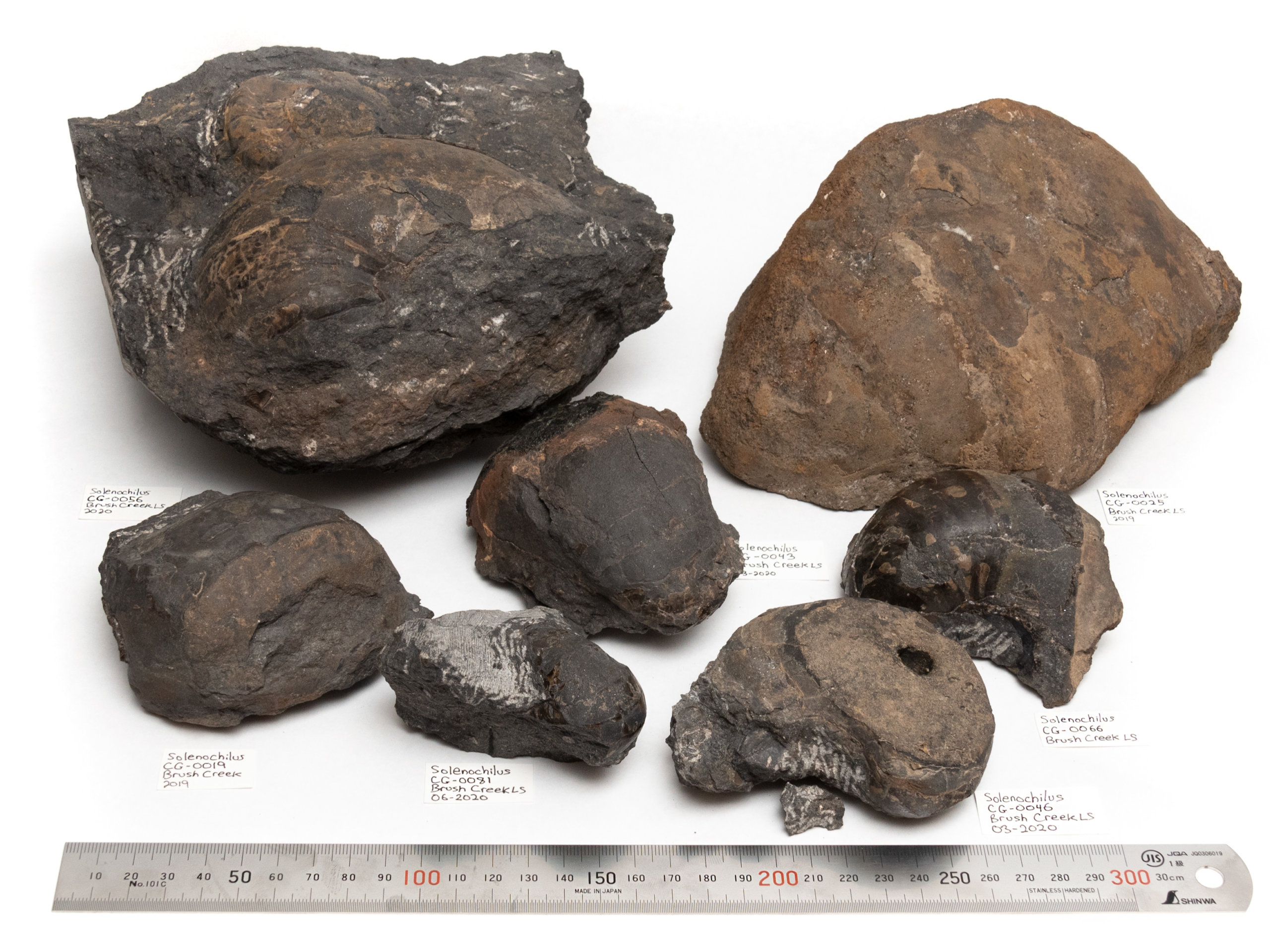
How Solenochilus Obtained Its Name
In April 1870, Meek & Worthen proposed a name change for the then-genus Cryptoceras. Unfortunately, as you can see below, it’s not easy to change a name:
We propose the above name for a group of Nautili which we believe to be the same as Cryptoceras of D’Orbigny, published in 1850. This change of name becomes necessary, however, because Dr. Barrande had used the name Cryptoceras for another widely distinct group of Cephalopoda in 1846. It is true he has since changed the name of his genus to Ascoceras, for the reason that Latreille had applied the name Cryptocerus to a genus of Hymenoptera in 1804. But if Latreille’s name Cryptocerus is not considered sufficiently distinct, on account of its different termination, from Cryptoceras (which we should think is the case), it would, for the same reason, of course, be equally necessary to change the name of D’Orbigny’s group. On the other hand, if we regard Latreille’s name as being distinct enough to permit D’Orbigny’s name to stand also, or if Latreille’s genus is not a valid one, in either case Dr. Barrande’s original name Cryptoceras would have to be retained for his genus, and, as it has priority of date, it would still become necessary to find another name for the group described by D’Orbigny.
— F. B. Meek and A. H. Worthen of the Illinois State Geological Society
Proceedings of the Academy of Natural Sciences of Philadelphia
The reasoning continues for another two paragraphs with further evidence and history to back their name change. The pair placed Nautilus (Cryptoceras) springeri as the type for the new group. In the original text, they apparently put Solenochilus as a subgenus to the genus Nautilus. Naming is still done like that today, but I find it to be a bit confusing to read. I don’t see a family, superfamily, order, or subclass listed.
The unproven holotype
The type specimen for the entire genus is said to be Nautilus (Cryptoceras) Springeri. Authors named it in Transactions of the Chicago Academy of Sciences in 1867, but only represented it as an illustration.
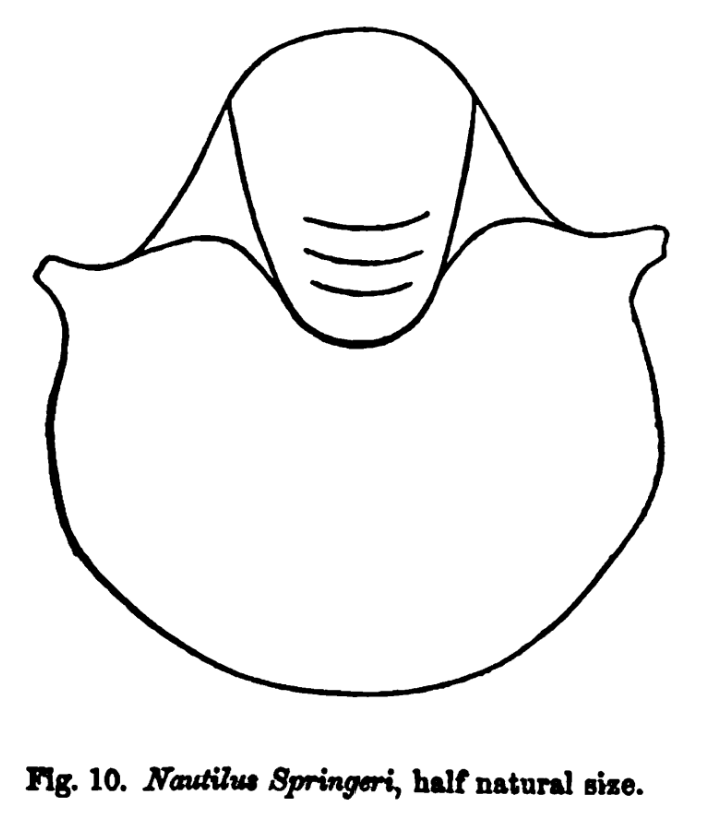
Description of Nautilus (Cryptoceras) Springeri. by C.A. White and O.H. St. John
Shell moderately large, embracing; surface without conspicuous ornamentation; whorls somewhat rapidly increasing in size; outer chamber rapidy expanding towards the aperture, particularly toward the posterior and lateral margins; septa regularly convex towards the front; siphuncle small, dorsal.
Aperture large, subelliptical in outline, the margin of the front half of it forming an elliptic arch, but the outline of the posterior half is broken by the embraced inner coil, and also by the moderately prominent ear-like projection of the margin on each side, about half way between the inner coil and the middle of the lateral margin.
Tranverse diameter of the aperture eleven centimeters; from inner whorl to front margin six and a half centimeters.
Specific name given in honor of Frank Springer, Esq., of Columbus City, Iowa
Geological position and localities. Upper coal measures of Adair county, Iowa
Unique Views from specimen CG-0066
CG-0066 was the first specimen that allowed me to see the genus in cross-section. The underside shows three different septal cross-sections and a 4th if you include the aperture. Using a rock polishing wheel, I could polish this section to help bring out fine details in the chambers.

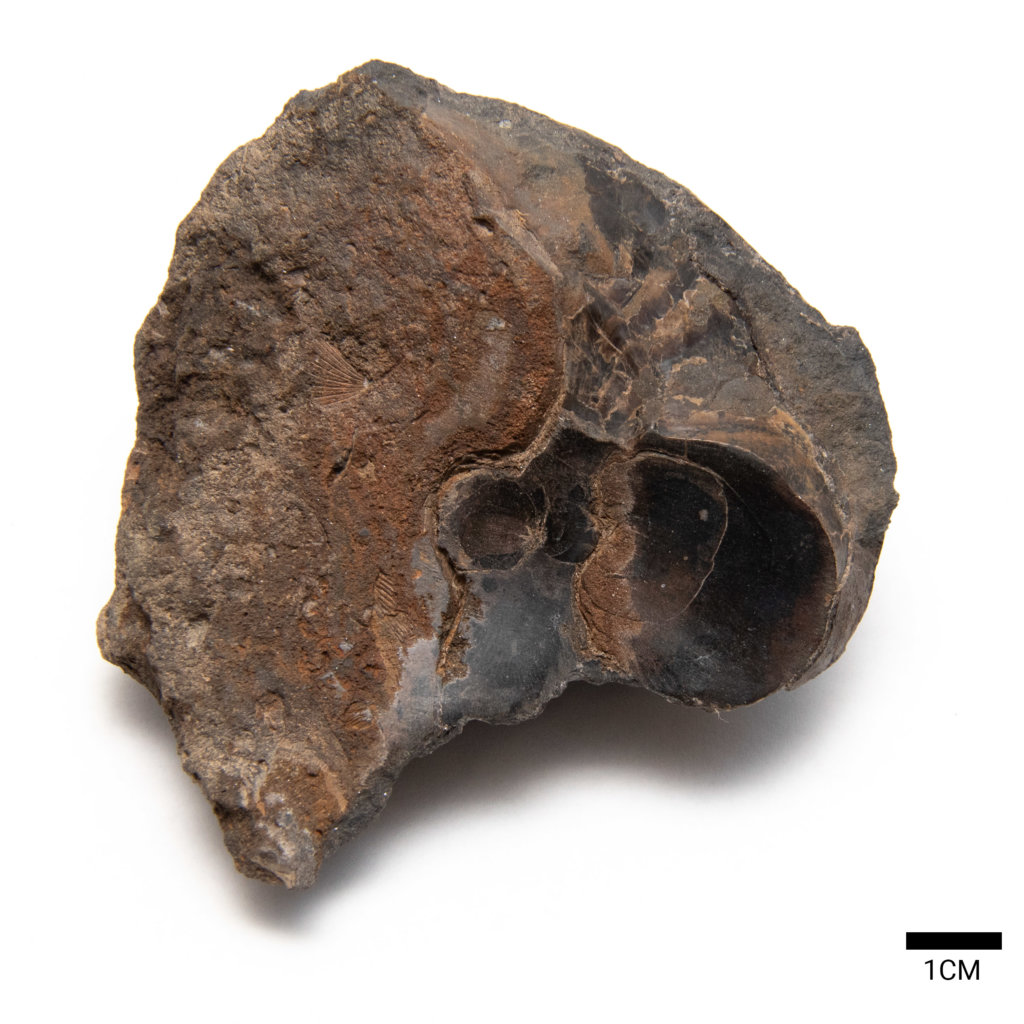
Solenochilus cf. S. peculiare Miller & Owen
This species comes from Plate 12 in Geological Survey Professional Paper 460 by Mackenzie Gordon, Jr. One of the more interesting parts of his paper was an identification key to help a reader determine a species of Solenochilus by comparing some critical morphological features. I hope to republish the key one day in a unique format.
In the photo below, the siphuncle can be seen right above the number 12 as a vertical margin that interrupts the septal chambers.
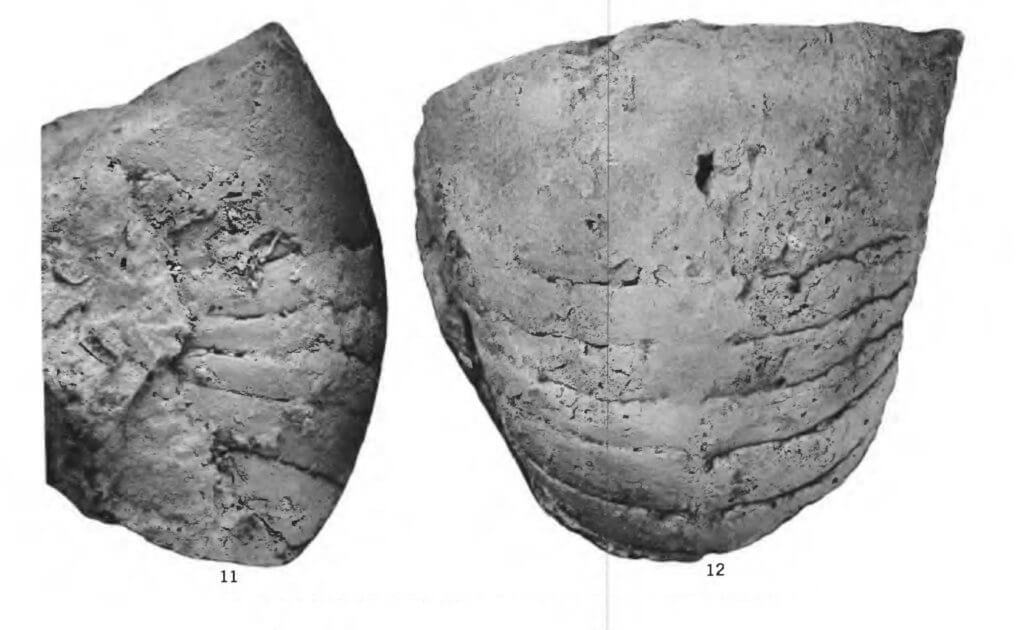
S. cambridgensis from the Conemaugh of Ohio
Stated as a new species in 1966, this one is found about 125 miles southwest of Parks Township. Unique transverse crenulations on the body chamber and a unique size and morphology made a case for a new Solenochilus. The body chamber of paratype A (Specimen OSU 26789) was 263 mm.
If I were to take specimen CG-0025 and estimate a width from the center of the venter, I would only get 180 mm in width. The S. cambridgensis specimen is enormous.
Solenochilus holotype specimens at Yale Peabody Museum
The Yale Peabody Museum in New Haven, Connecticut, holds three known holotypes. In addition, they have 12 specimens listed online. However, none have associated photos with them.
| Catalog ID | Genus & Species | Named by |
|---|---|---|
| YPM IP 014006 | Solenochilus brammeri | Miller, Dunbar, and Condra in 1933. |
| YPM IP014003 | Solenochilus kerefordensis | Miller, Dunbar, and Condra in 1933. |
| YPM IP014004 | Solenochilus syracusensis | Miller, Dunbar, and Condra in 1933. |
Solenochilus specimens collected locally
| ID | Post | Unique Feature |
|---|---|---|
| CG-0019 | Solenochilus | First found. |
| CG-0025 | Solenochilus, probably | Largest found. |
| CG-0043 | Solenochilus II, with bite marks | Shark bite marks. |
| CG-0046 | Solenochilus III, with lateral spine | Preserved lateral spine. |
| CG-0056 | Solenochilus IV | Large with several other specimens. |
| CG-0066 | Solenochilus V | Clear inner whorl preservation. |
| CG-0081 | Small Solenochilus | Smallest found. |
| CG-0100 | Solenochilus VII | Large mostly complete shell. |
| CG-0159 | Solenochilus with body chamber peristome | First preserved body chamber edge. |
Catalog Solenochilus Specimen Photos
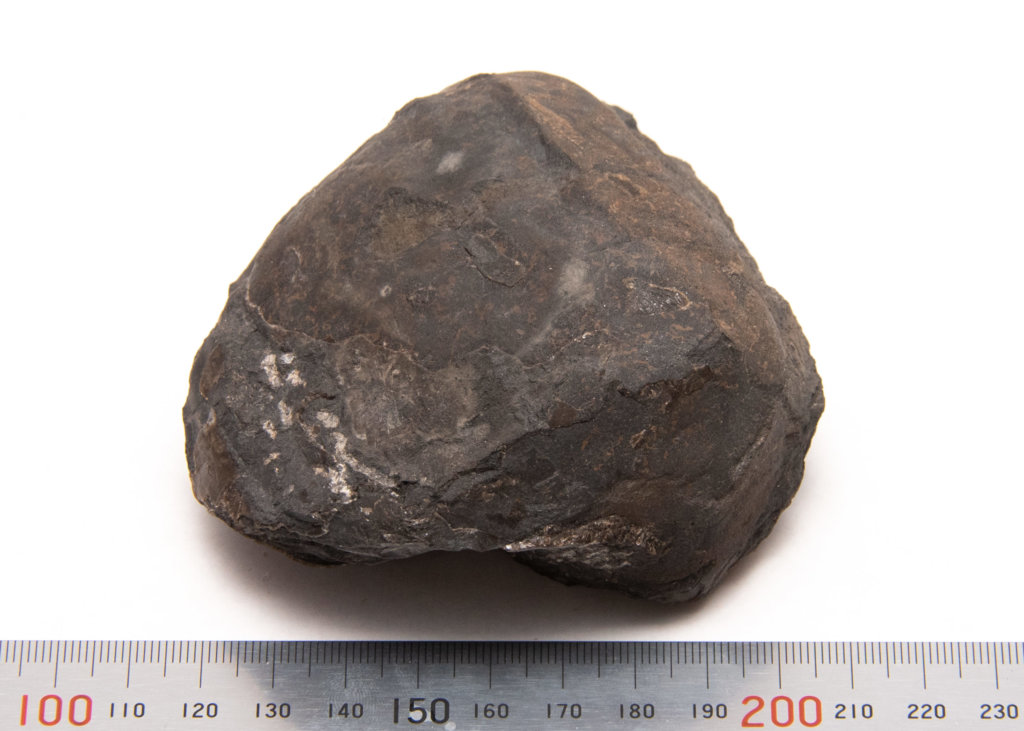
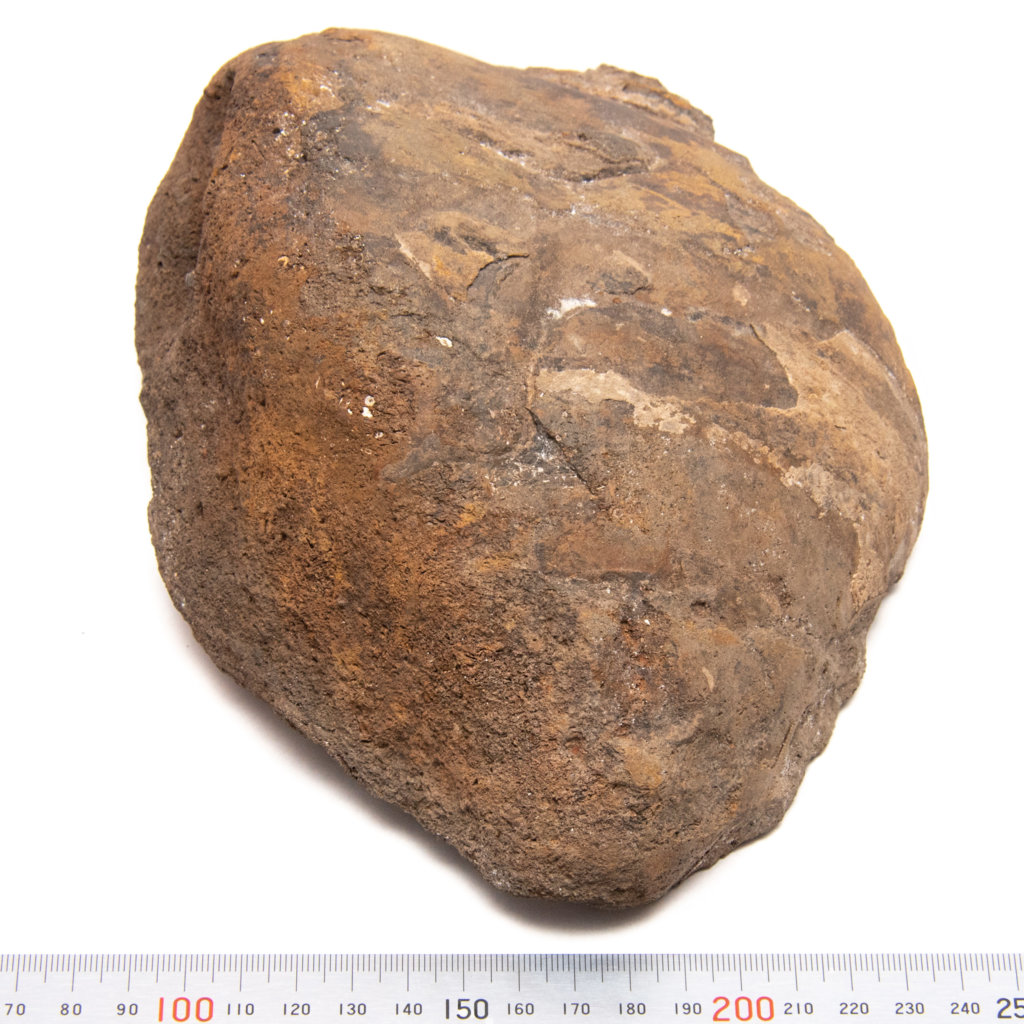
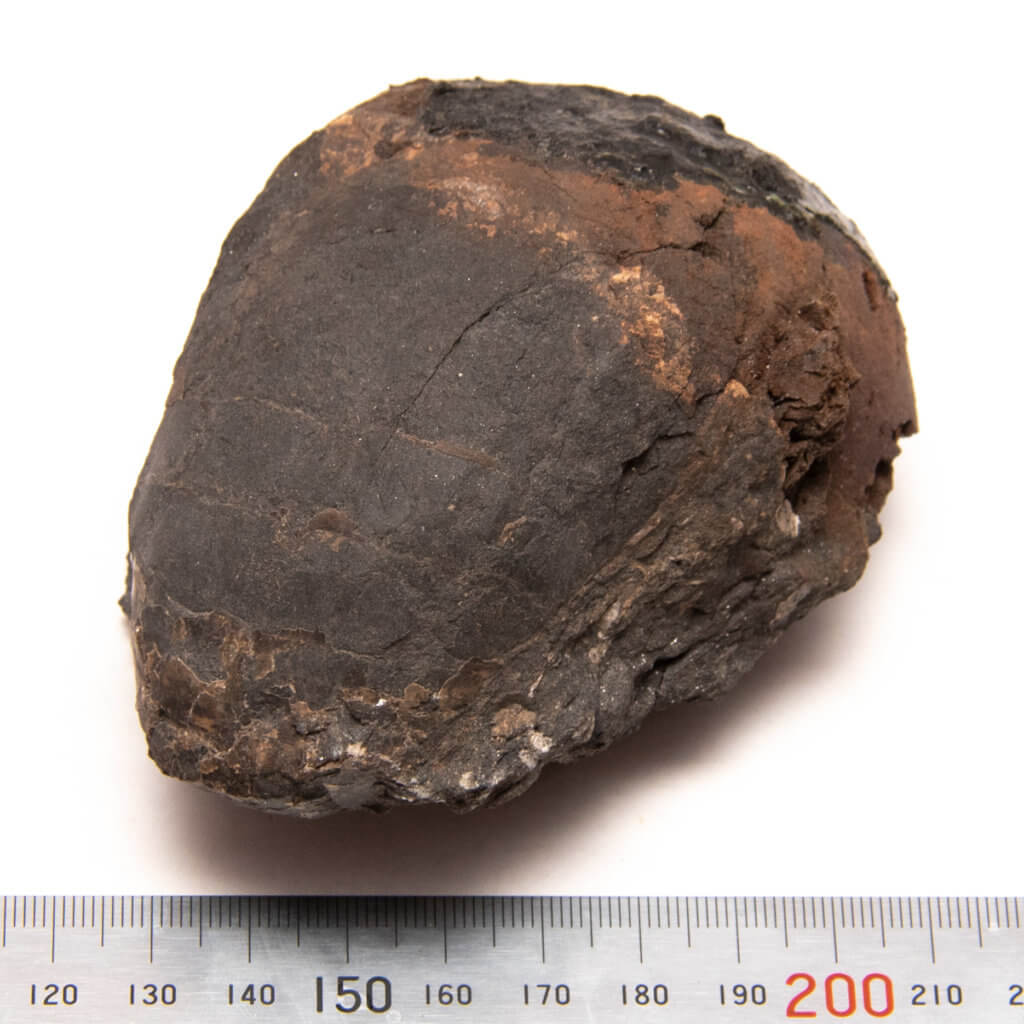

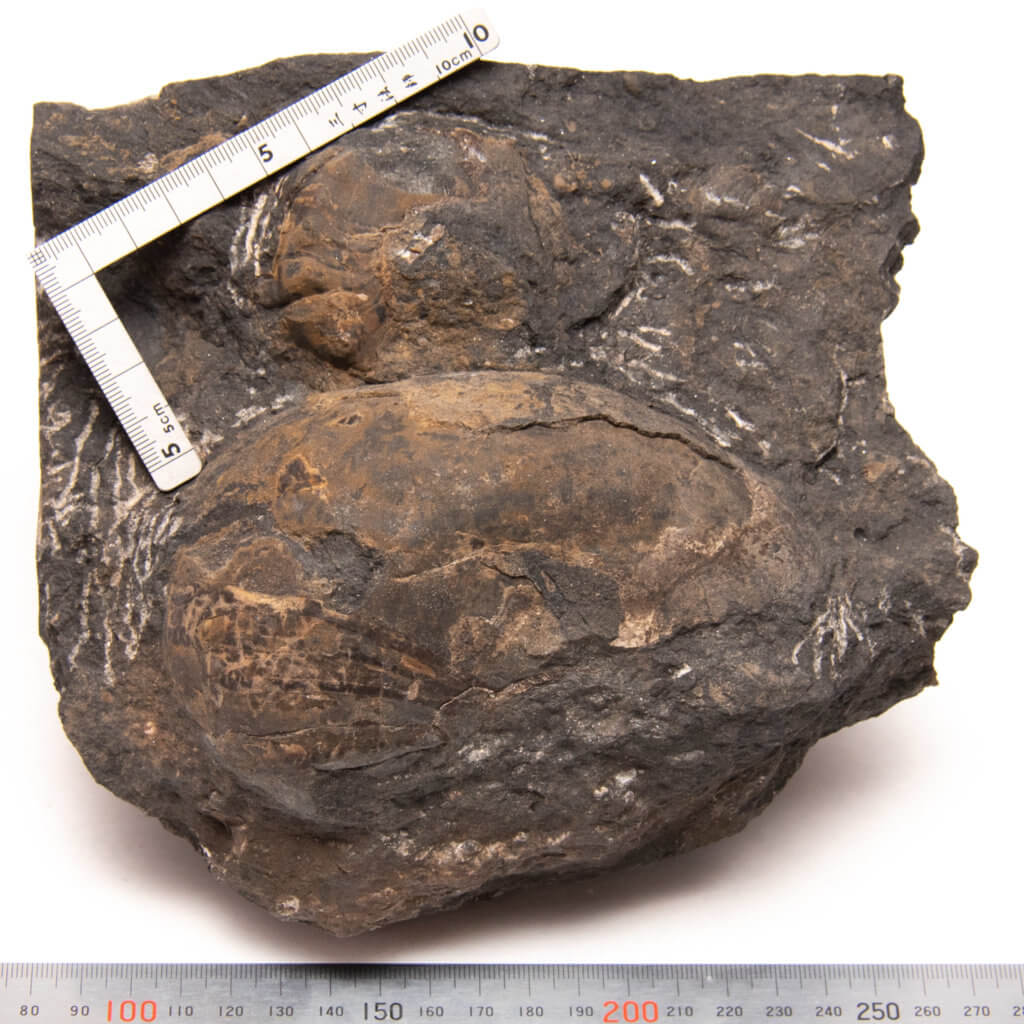
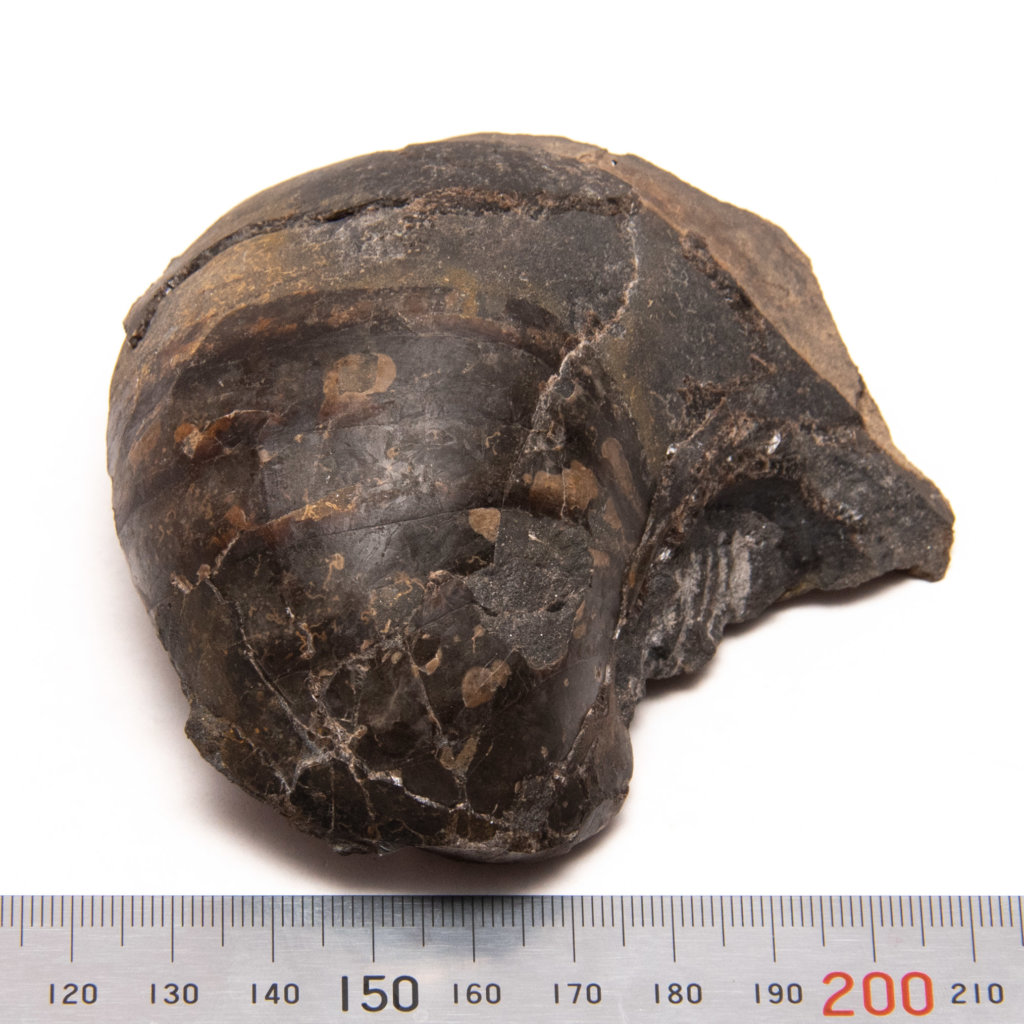
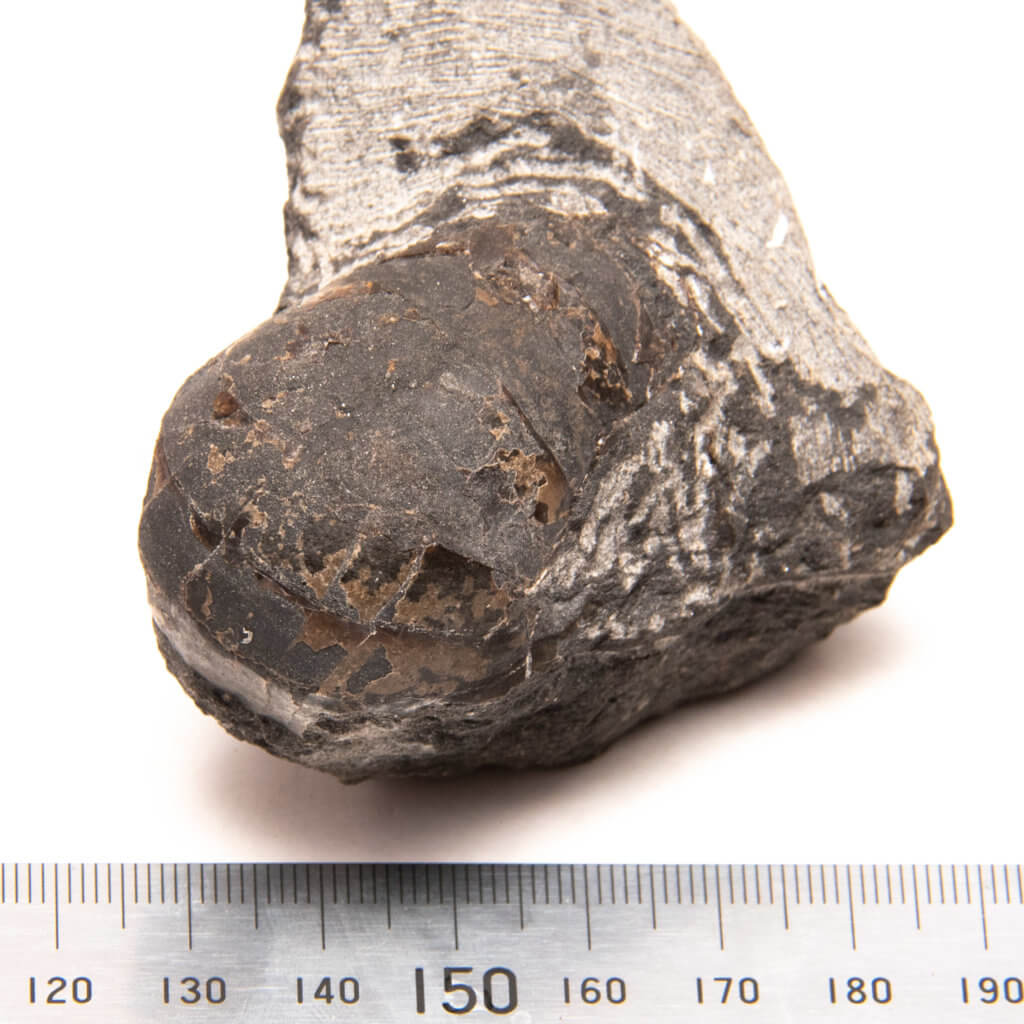
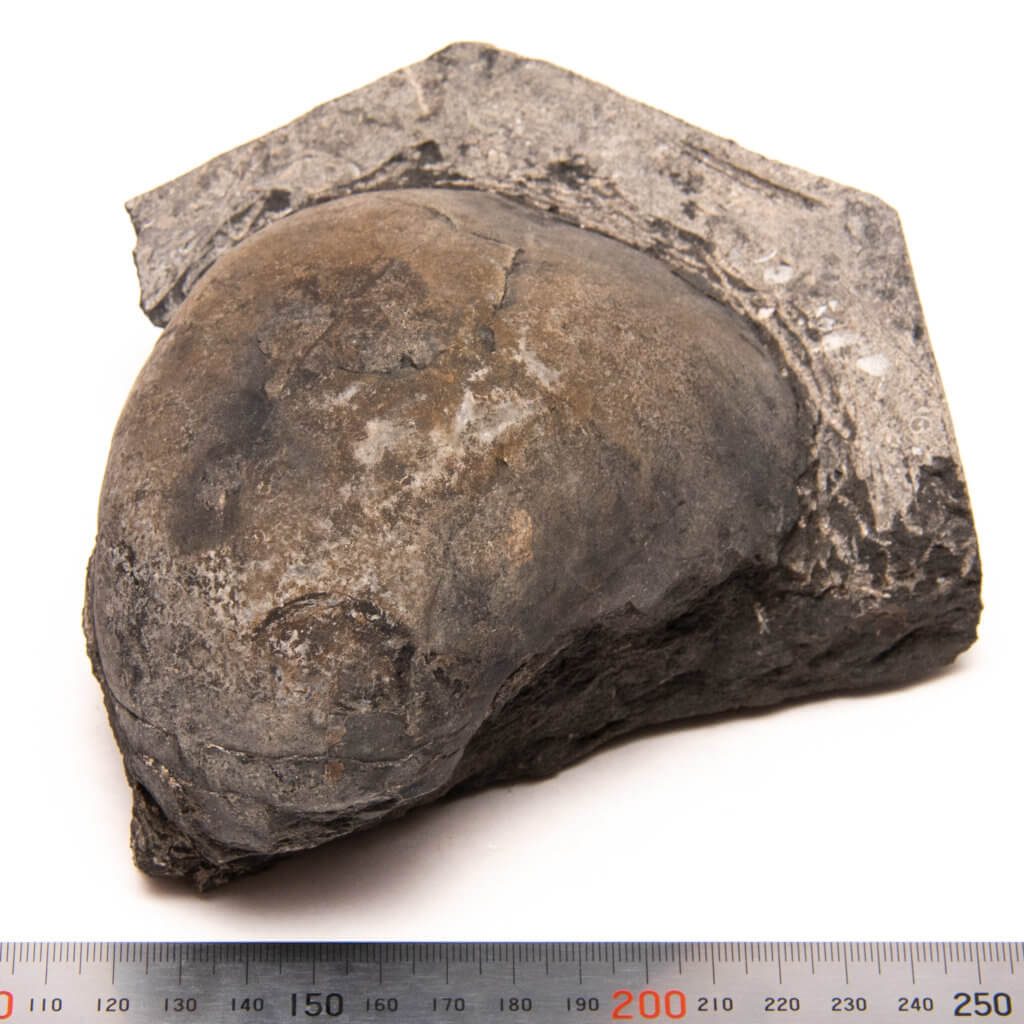
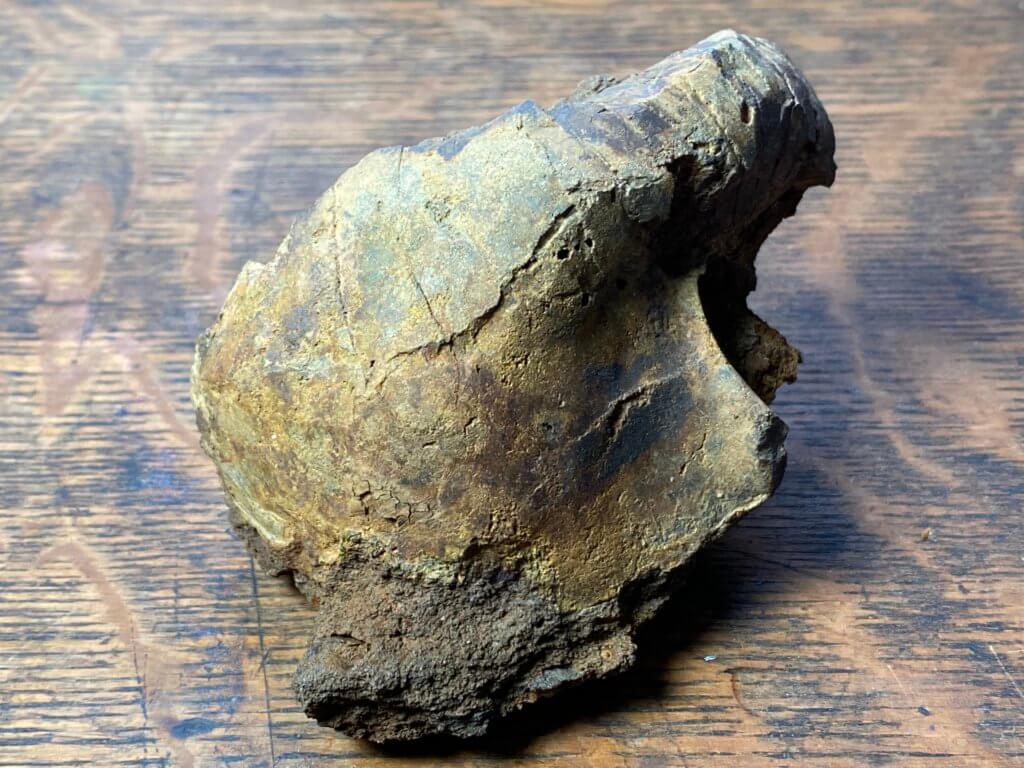
References
- White, R. D., Skorina, L. K., 1999, Postilla, A type catalog of fossil invertebrates in the Yale Peabody Museum, p. 29
- Frontz, H.O. 1996, New Solenochilus Species from the Conemaugh Series of Eastern Ohio, The Ohio Journal of Science. v66 n4 (July, 1966), 433-436
- Gordon, M. 1964, Carboniferous cephalopods of Arkansas: U.S. Geological Survey Professional Paper 460
- Meek, F. B. and Worthen, A. H. 1870, “Descriptions of new species and genera of fossils from the Palaeozoic rocks of the western states.” Proceedings of the Academy of Natural Sciences of Philadelphia. 22:22–56.
- Mikesh, D.L., Glenister, B.F. 1966, Solenochilus Springeri (White & St. John, 1868 from the Pennsylvanian of Southern Iowa, Proceedings of the Iowa Academy of Science, 73(1), 269-278, Article 39
- Shuji, N. and Mapes, R.H. 2016, “Late Carboniferous Coiled Nautiloids from the Lost Branch Formation of Oklahoma, Midcontinent North America,” Paleontological Research 20(2), 75-79, (1 April 2016)
- Sturgeon, M.T., Windle, D.L., Mapes, R.H., Hoare, R.D. 1997, “Bulletin 71: Pennsylvanian Cephalopods of Ohio”, Part 1 Nautiloid and Bactritoid Cephalopods, Ohio Division of Geological Survey
- White, C.A., St. John, O.H., 1867, Descriptions of new Subcarboniferous and Coal Measure Fossils, Chicago Academy of Sciences. 1867. (186770). Transactions of the Chicago Academy of Sciences. Chicago.

